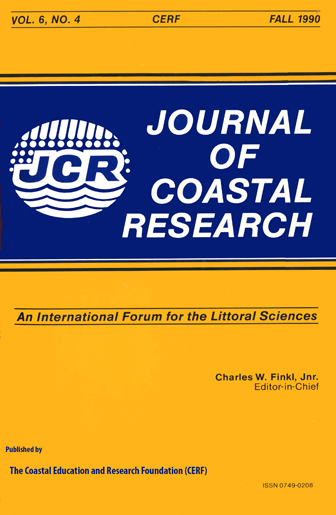Morphometrics of Donax serra Roding (Bivalvia:Donacidae) Populations With Contrasting Zonation Patterns
Keywords:
Donax, sandy beach, intertidal, zonation, swashAbstract
Ten morphometric variables were measured on samples of the sandy-beach bivalve Donax serra Roding from six populations displaying two contrasting zonation patterns. The data were examined using cluster, discriminant and factor analysis, with covariance. The first canonical variable of the discriminant analysis accounted for 48% of the variation in the data for large (> 45 mm) animals and clearly separated the populations into two groups with different zonation patterns. Factor analysis yielded three factors, weight, surface area and elongation, which explained 36.4%, 23.0% and 12.9%, respectively, of the variance present in the data for large animals. These results indicate that high intertidal populations had thicker, heavier valves resulting in a greater density, whereas low intertidal/subtidal populations exhibited flatter, more rounded valves. Increased density yields increased stability in the shifting sediments of the intertidal. Reduced burrowing rate and less efficient swash-riding morphology in west coast as compared to south coast D. serra populations result in the observed change in zonation pattern.


